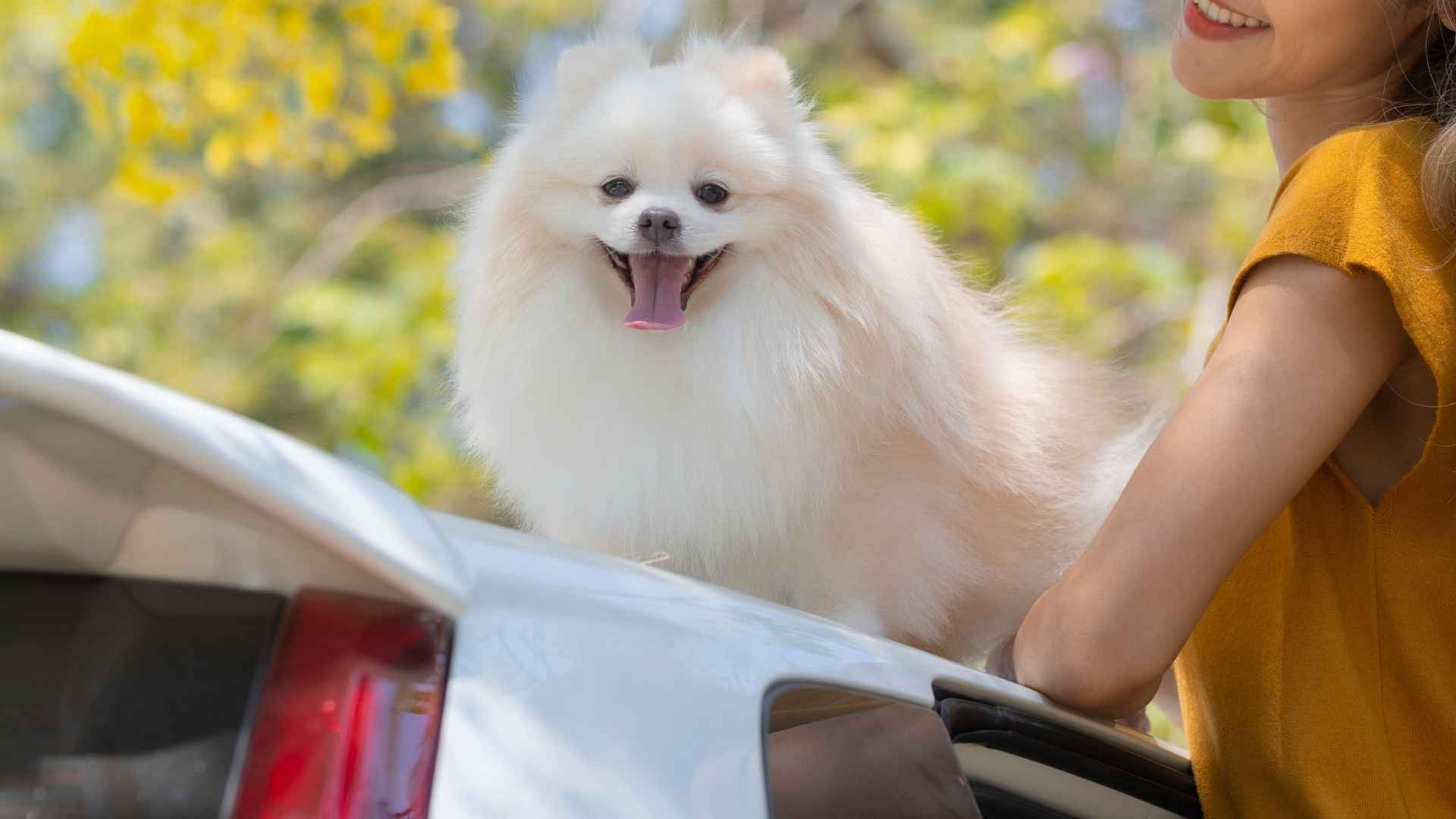Ever wonder why some dogs leap into the car like it’s their favorite place, while others dig their paws into the driveway? Just like people, dogs have travel personalities.
Some are natural passengers. They stretch out, watch the world go by, and treat every drive like a relaxing journey. No panic, no barking—just quiet joy. For many of us, Sunday drives are more than transportation.
They’re moments of calm, windows down, no agenda. Imagine having a dog that actually enhances that peace instead of disrupting it. The good news? Some breeds were made for it. They love being part of the journey, not just the destination.
In this article, you’ll meet the dog breeds that naturally enjoy car rides—gentle companions who won’t mind the slow pace or the scenic detours.
Dog Breeds That Love Sunday Drives
1. Labrador Retriever
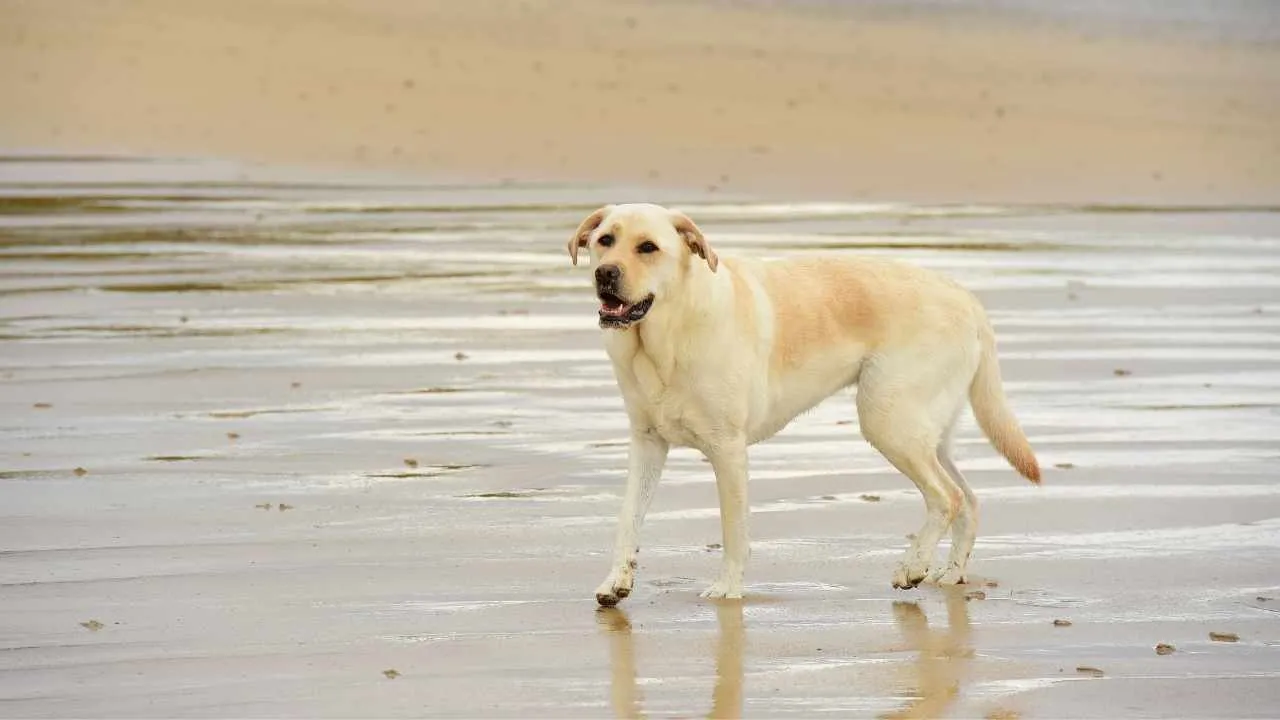
Labradors are known for settling easily into car rides, often lying down calmly within minutes of starting the drive. Their steady temperament allows them to relax without signs of stress or overexcitement. Many owners note how quickly they recognize driving as a routine part of the day.
Energetic Dogs with a Travel Routine
They quickly associate certain times or cues—like picking up keys or opening the backseat door—with a car outing. Some Labradors will wait near the door once they learn the signs of an upcoming trip. Their willingness to join comes from their eagerness to participate in shared activities.
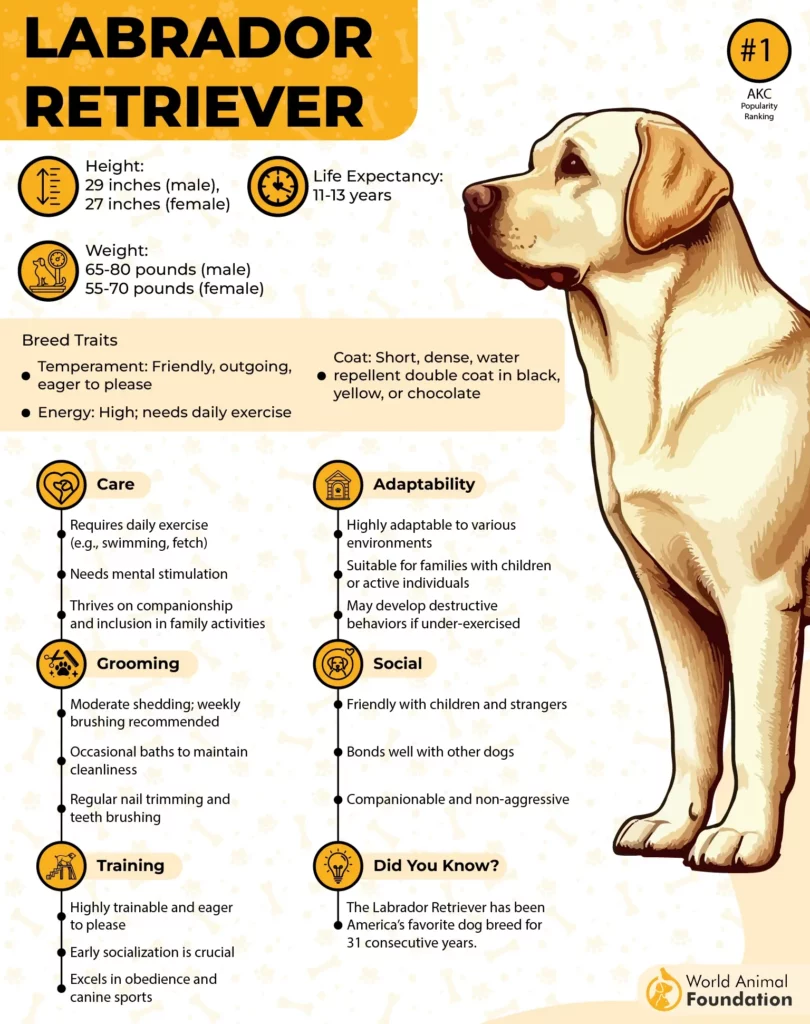
Personality That Enjoys the Journey
Many Labs shift their posture or lift their head at the sound of the engine starting, watching calmly through windows. Some quietly observe the scenery while others nap during the ride without needing constant attention. This relaxed behavior is one reason they’re trusted as steady family dogs.
Practicality Built Into Their Nature
Bred as a working dog, the Labrador developed the ability to remain calm and focused in moving situations, as per WebMD. That instinct carries over into how they behave in vehicles, often staying alert but composed. Their strong memory also helps them associate repeated stops or paths with enjoyable destinations.
2. Border Collie
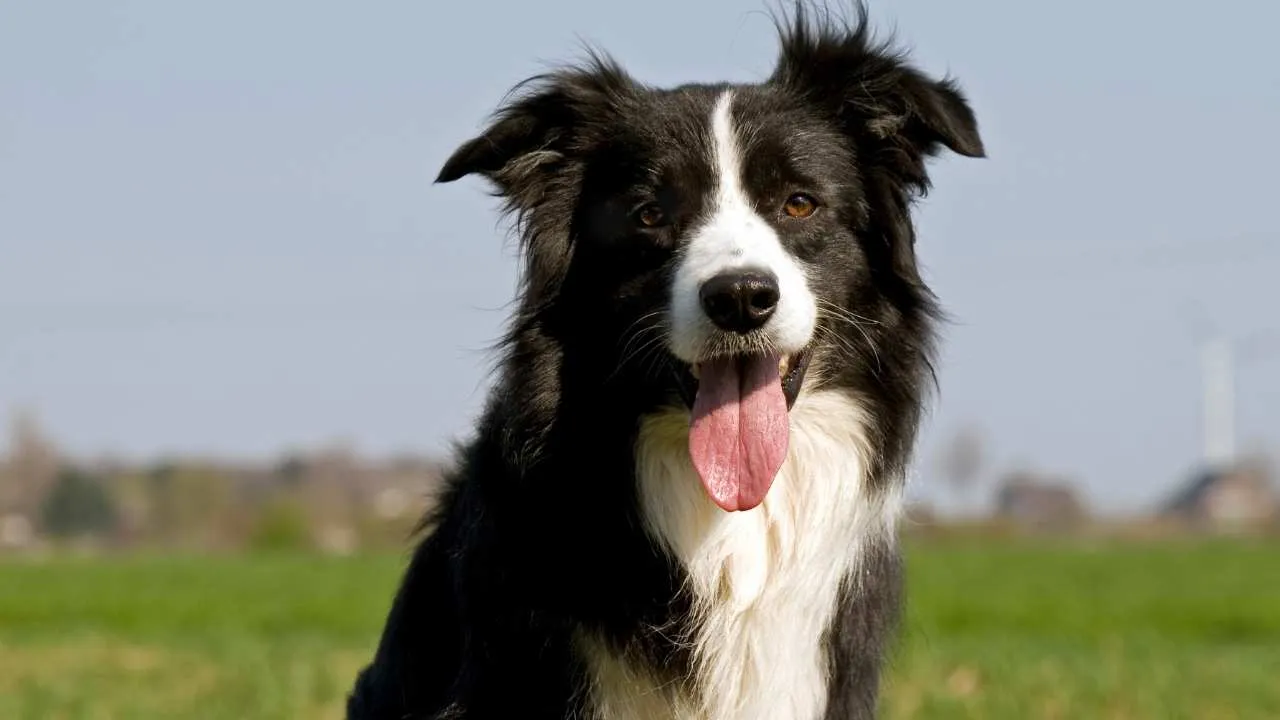
Border Collies often stay upright and observant during car rides, showing clear interest in movement outside the vehicle. Their strong focus and active eyes make them natural scanners of the environment. Some even track passing cars, bikes, or road signs as part of their mental stimulation.
Car Rides as a Form of Engagement
They rarely treat drives as downtime but instead remain mentally alert, switching positions to monitor different windows. Even short rides activate their instinct to stay connected to activity around them. For a breed wired for awareness, the shifting views keep them engaged without frustration.
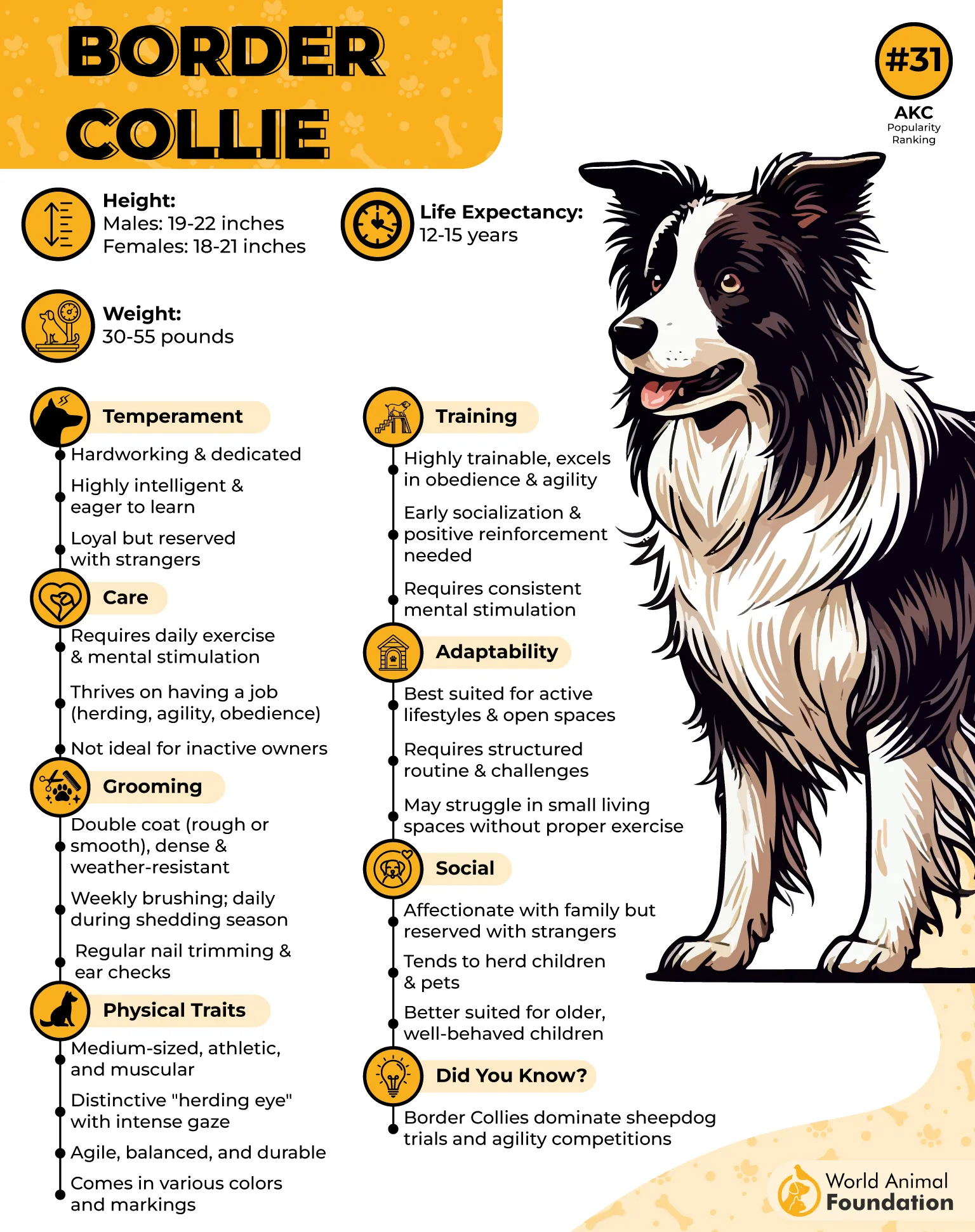
Behavioral Consistency in the Car
Most Border Collies learn travel behavior quickly, adapting to seating positions and commands with repetition. Their ability to respond to verbal cues helps avoid restlessness or pacing during drives. This breed is highly trainable, especially when rides become part of daily or weekly routines.
Physical Readiness for Every Stop
Thanks to their high energy levels, they often view drives as a prelude to a task or outdoor experience. Once the car stops, many are quick to jump out with eagerness and direction. Their drive-oriented mindset aligns well with active owners who travel to trails, fields, or new locations.
3. Standard Poodle
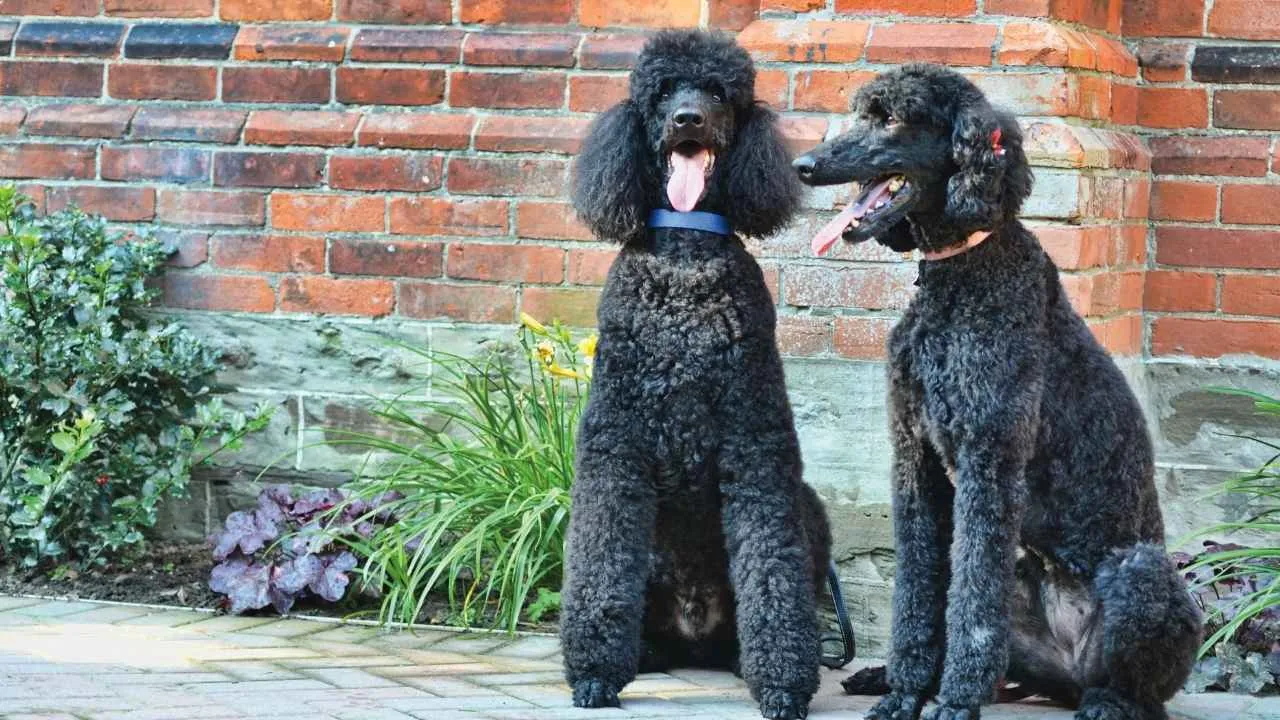
Standard Poodles are often steady and well-mannered during car rides, adjusting their posture quickly once the vehicle is in motion. They show little sign of anxiety when the environment changes, even during longer distances. Their alert expression stays relaxed as they observe movement through the windows.
Eager Participation in Familiar Routines
These dogs often recognize the signs of an upcoming drive and willingly approach the door or vehicle. Whether it’s a weekend outing or a short daily ride, they show readiness without excessive excitement. Many Standard Poodles wait calmly by the passenger seat after just a few repetitions.
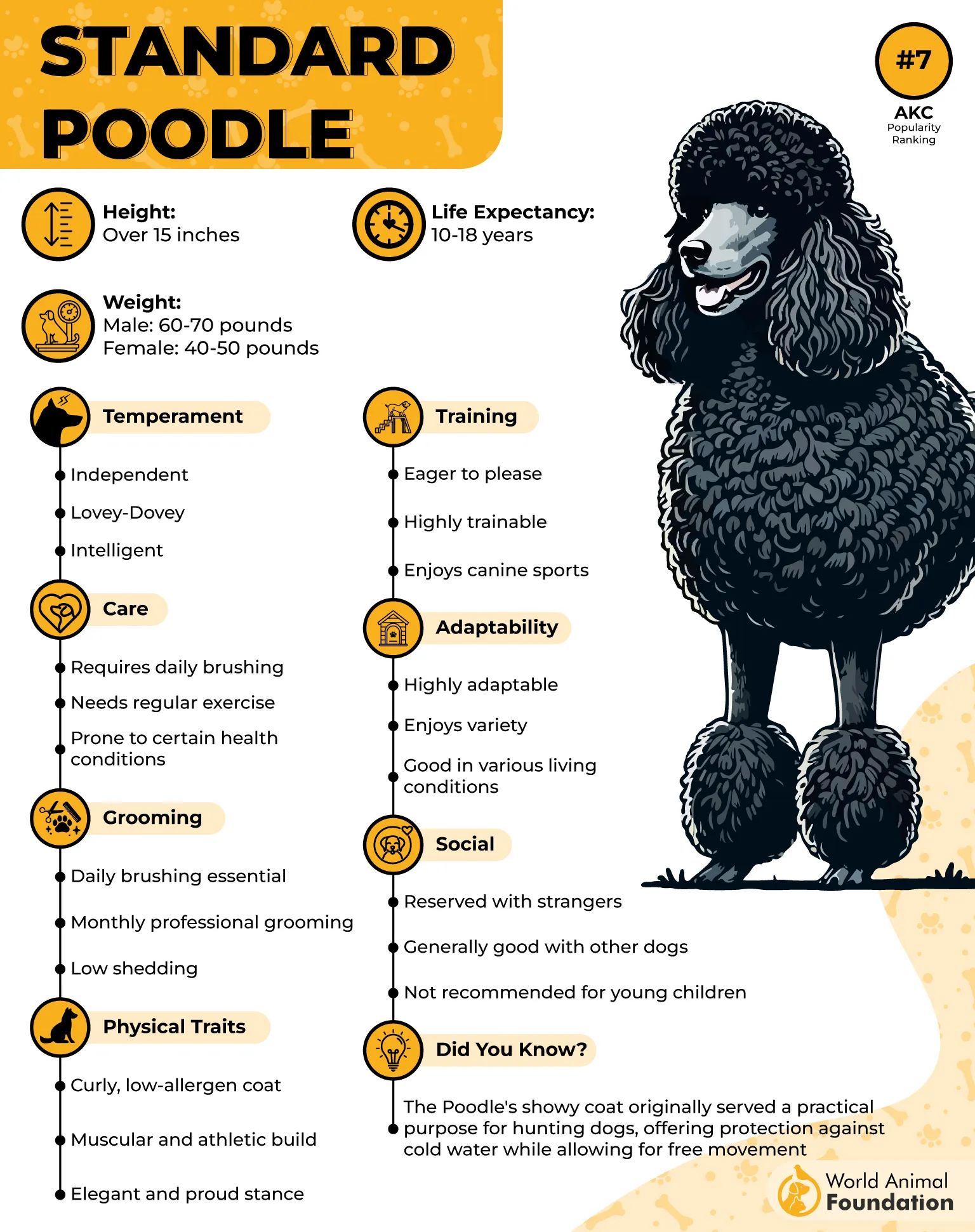
Focused Attention and Smart Memory
Standard Poodles are known for their strong memory and ability to associate car sounds, routes, or commands with experiences. They often turn their head toward familiar turns or slow down their breathing when nearing favorite stops. Their sharp focus keeps them engaged even on slow, quiet drives.
Developed Social Comfort Early On
When introduced as a puppy, most Standard Poodles become highly comfortable with rides and learn car etiquette quickly. They stay composed around children, noise, and even other animals, making them reliable for mixed outings. Their stable temperament is one of the breed’s most valued qualities.
4. Maltese
The Maltese tends to remain still and composed during car rides, making them ideal passengers for short or extended trips. Their small size allows them to feel secure when tucked into soft carriers or laps. This sense of comfort reduces movement and prevents overstimulation on the road.
Predictable Reactions to Travel
Most Maltese become used to the rhythm of weekend drives and begin to anticipate them over time. They’re known to sit quietly without needing restraints when trained early. Some even nap easily once the car starts moving, thanks to their stable daily habits.
A Breed That Bonds in Transit
They often seek closeness during travel, leaning into familiar scents and surroundings to feel reassured. Their size makes them ideal companions in small vehicles where space is limited. Because of their loyal nature, many prefer riding with their main person rather than with friends or strangers.
Physical Traits and Adaptability
Although they don’t require heavy exercise, short walks or stopovers during a drive help maintain routine. Their low body weight and gentle structure make travel less physically demanding. Grooming after rides is easy, as their fine coat tends to resist matting when brushed regularly.
5. Pomeranian
Pomeranians remain highly aware of their surroundings during car rides, often sitting upright and scanning with alert eyes. Their compact size makes them ideal lap companions while remaining engaged throughout the journey, as stated in the Pomeranian Headquarters. Many enjoy short drives, especially when they recognize the destination or routine.
Travel Habits Rooted in Personality
Although active at home, they often settle during drives once they’re safely positioned and feel secure. Crate or booster seat travel is recommended for their safety due to their size and movement. The more consistent the driving experience, the more relaxed their behavior tends to be.
Interaction Makes the Ride Smoother
They respond well to calm human interaction during rides, particularly through soft petting or verbal reassurance. This interaction reinforces a sense of comfort without overstimulating their naturally alert nature. For an affectionate breed like this, bonding through shared outings can be reinforcing.
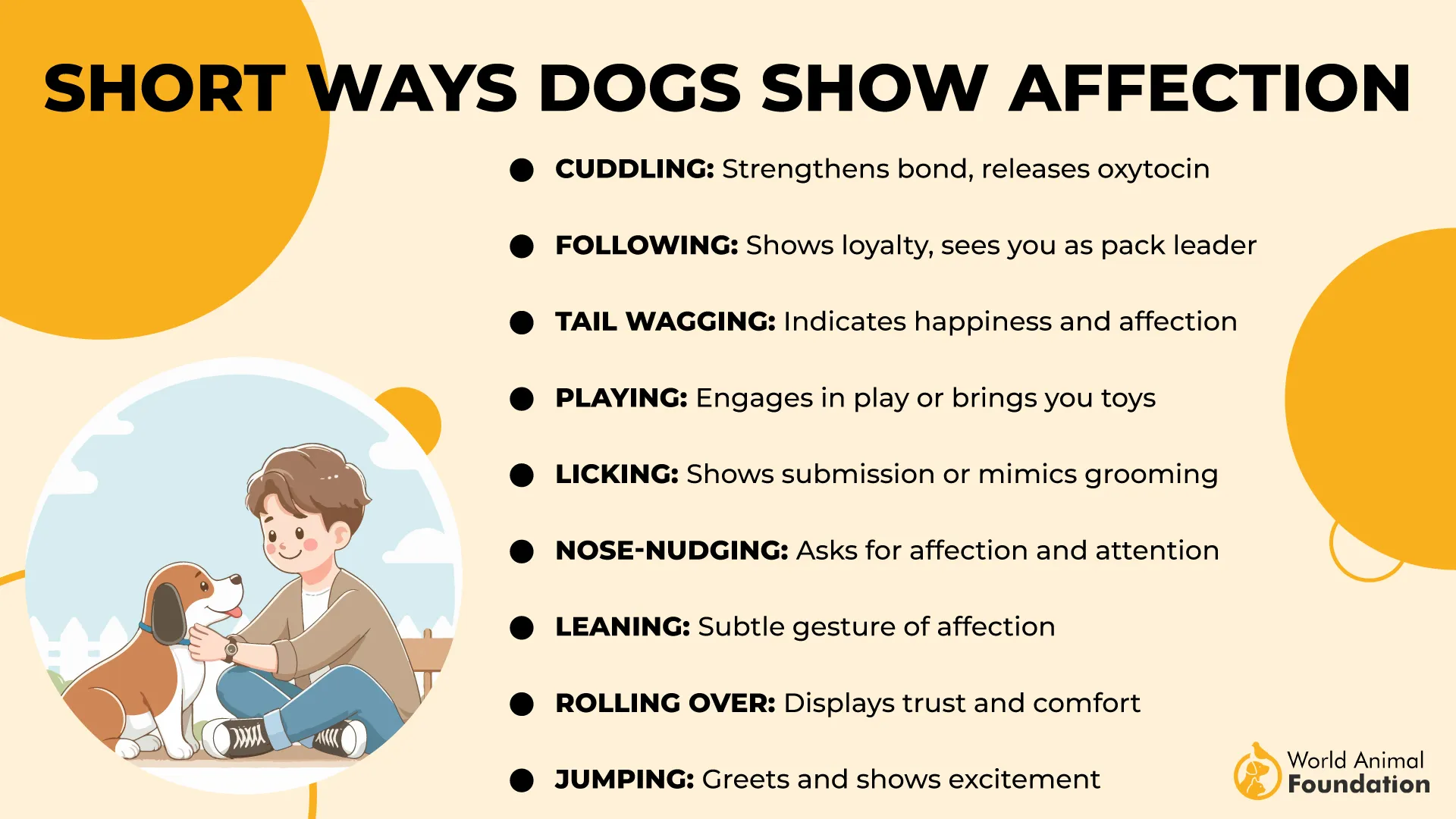
Confidence Comes from Routine
Pomeranians benefit from structured outings that build confidence in moving vehicles over time. Their adaptability to change improves when the drive feels familiar, not unpredictable. A steady approach helps them feel in control, even in a constantly moving world full of new sights.
6. Boston Terrier
Boston Terriers are highly alert but rarely anxious in the car, adjusting quickly after just a few minutes on the road. Their compact size allows them to settle easily in tight spots like passenger seats or carriers. Many owners mention they enjoy peeking through windows during short trips.
Attentive Without Overreacting
These dogs often remain watchful during rides, responding to sounds or movement without excessive barking. Their moderate energy levels help them stay calm over longer drives when given breaks. They prefer consistency and tend to remember familiar routes or routines tied to the car.
Known for Their Steady Temperament
Their even disposition makes them easygoing travel companions, especially when they’ve been socialized with car rides from an early age. They typically wait quietly until the vehicle stops before reacting or becoming active. Some will lean against seat cushions or curl up beside their person.
Comfort-Seekers Who Ride Well
Most Bostons enjoy soft spots like blankets or booster seats placed near open windows or vents. They don’t require much space to feel settled, often curling into a compact position while traveling. Their desire for close proximity also makes them feel secure when seated near familiar faces.
7. Yorkshire Terrier
Yorkies tend to feel secure in compact spaces, which aligns well with the environment inside a car. They often curl up quietly on laps or beside carriers, adjusting quickly to the movement. This calmness can be surprising given their high energy in open settings.
Responsive to Sounds and Movement
Yorkshire Terriers are attentive to the rhythm of the car — from acceleration to gear shifts — and often react with focused ears or head tilts. Their alert nature helps them adapt to changes in the driving environment. Some even show recognition of recurring turns or stops.
Bonded Closely with Their Person
This breed forms intense one-on-one attachments and prefers being near their chosen human. Car rides offer that closeness without interruption, which can be comforting for them. Many owners notice how their Yorkie settles faster when held or seated within arm’s reach.
Requires Comfort Setup for Stability
Their small size makes car comfort important — a cushioned bed or booster seat helps them stay secure. Unstable seating can make them fidgety or anxious over time. Once properly supported, their typical fidgeting reduces, and they tend to stay still for the ride duration.
8. Miniature Schnauzer
Miniature Schnauzers often display alertness while sitting still, scanning their surroundings with interest during drives. They tend to sit upright or near windows, shifting positions with controlled curiosity. This balance of attentiveness and calm makes them surprisingly well-suited for car rides.
Familiar With Patterns and Travel Signs
Many develop clear associations with travel-related cues, such as jingling car keys or open doors. Their sharp memory helps them remember routes or stops, especially when a treat or walk follows the drive. Owners often report them waiting near the door ahead of outings they recognize.
Their Energy Adjusts to the Environment
Though typically energetic indoors, Schnauzers tend to moderate their excitement in enclosed moving spaces. This behavior change often happens without formal training, linked to their natural self-control. Once buckled in or placed in a crate, they remain alert yet composed.
Intelligence Helps with Road Behavior
They respond well to calm verbal cues during car rides and adjust quickly to different road conditions. Many tolerate long-distance travel better than expected when given space and fresh air. Even new routes don’t unsettle them as long as they sense a familiar human nearby.
9. Chihuahua
Chihuahuas adjust to car rides quickly when introduced in a calm setting and handled with consistency. They often prefer small padded areas like car seats with boosters or cozy carriers. Their small size makes them physically suited for quick entries and short, spontaneous drives.
Noise Sensitivity and Car Comfort
Sudden loud sounds or sharp turns can startle them, so many owners use soft crates or blankets to limit stimulation. Chihuahuas that ride regularly tend to associate drives with outings and get visibly eager during prep routines. Familiar music or scents also help reduce tension during longer trips.
Confidence Grows with Routine
They form strong bonds with their owners and can gain confidence from sitting close or inside laps when safe, as per Petplan. When trained early, many Chihuahuas become curious travelers, watching quietly from the window. Their alert nature makes them unusually aware of their surroundings even at rest.
Ideal for Short Errands
Their compact size, light weight, and fast adaptability make them great companions for short drives and errands. They’re commonly seen peeking from handbags or carriers in cars, often remaining motionless until the vehicle stops. With regular exposure, they respond calmly even in busier parking areas.
10. Cavalier King Charles Spaniel
Cavaliers tend to sit quietly in the car, often leaning their head against a seat or person without fuss. They remain still even on longer drives, showing very little restlessness or movement. Their small size makes them easy to manage in both front and back seats.
Affectionate by Nature, Even on the Road
These dogs enjoy the proximity that car rides offer, often treating the journey as time to stay physically close. Their calm energy blends well with the relaxed pace of a drive, especially on quieter roads. It’s common for them to nap lightly with their ears falling over the armrest.
Eager to Join Once They Recognize the Routine
Cavaliers are quick to pick up patterns and may respond with tail wags once they hear the car unlock. Some will even trot over unprompted when they sense it’s time to leave for a short outing. This eagerness often grows stronger when the car is associated with familiar places.
Sensitive to Motion and Passenger Behavior
They often adjust their body language in sync with the driver’s tone or pace, staying alert without hyperactivity. Most Cavalier owners notice how the dog shifts or repositions itself based on sound or touch cues. This sensitivity makes them ideal for calm, leisurely drives.
Conclusion
Not every dog is a road trip natural, but for the ones that are, rides become a moment of shared peace. These breeds are gentle, observant, and often form deeper bonds during drives.
They’re easily trained, often easy-going, and make great friends on quiet roads or scenic routes. Whether you’re heading out with kids, running errands, or just enjoying the weekend, these dogs know how to match your pace.
Their intelligent nature helps them adjust, and they treat driving not as a chore but as time well spent. If your life includes calm Sunday drives and the occasional play stop, these breeds might just be the missing piece. That’s the point of companionship, after all.


